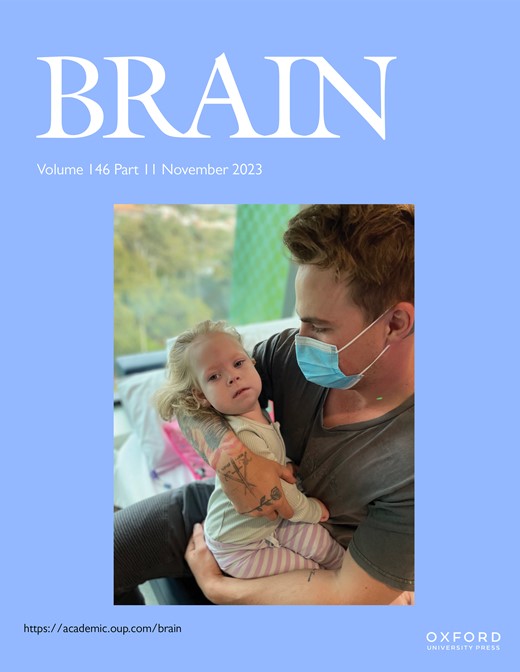
Citation :
Quesnel, M. J., Labonté, A., Picard, C., Zetterberg, H., Blennow, K., Brinkmalm, A., Villeneuve, S., Poirier, J., & Alzheimer’s Disease Neuroimaging Initiative and the PREVENT-AD Research Group (2023). Insulin-like growth factor binding protein-2 in at-risk adults and autopsy-confirmed Alzheimer brains. Brain : a journal of neurology, awad398. Advance online publication. https://doi.org/10.1093/brain/awad398
Full text : Here
Quesnel MJ, Labonté A, Picard C, Zetterberg H, Blennow K, Brinkmalm A, Villeneuve S, Poirier J; Alzheimer’s Disease Neuroimaging Initiative and the PREVENT-AD Research Group.
published in Brain, November 2023.
ABSTRACT :
Insulin, insulin-like growth factors (IGF) and their receptors are highly expressed in the adult hippocampus. Thus, disturbances in the insulin-IGF signaling pathway may account for the selective vulnerability of the hippocampus to nascent Alzheimer’s disease (AD) pathology. In the present study, we examined the predominant IGF-binding protein (IGFBP) in the cerebrospinal fluid (CSF) – IGFBP2.
CSF was collected from 109 asymptomatic members of the parental history-positive PREVENT-AD cohort. CSF levels of IGFBP2, core AD biomarkers and synaptic biomarkers were measured using proximity extension assay, ELISA and mass spectrometry. Cortical amyloid-beta (Aβ) and tau deposition were examined using 18F-NAV4694 and flortaucipir. Cognitive assessments were performed up to 8 years of follow-up, using the Repeatable Battery for the Assessment of Neuropsychological Status. T1-weighted structural MRI scans were acquired, and neuroimaging analyses were performed on pre-specified temporal and parietal brain regions. Next, in an independent cohort, we allocated 241 dementia-free ADNI-1 participants into four stages of AD progression based on the biomarkers CSF Aβ42 and total-tau (t-tau). In this analysis, differences in CSF and plasma IGFBP2 levels were examined across the pathological stages. Finally, IGFBP2 mRNA and protein levels were examined in the frontal cortex of 55 autopsy-confirmed AD and 31 control brains from the QFP cohort, a unique population isolate from Eastern Canada.
CSF was collected from 109 asymptomatic members of the parental history-positive PREVENT-AD cohort. CSF levels of IGFBP2, core AD biomarkers and synaptic biomarkers were measured using proximity extension assay, ELISA and mass spectrometry. Cortical amyloid-beta (Aβ) and tau deposition were examined using 18F-NAV4694 and flortaucipir. Cognitive assessments were performed up to 8 years of follow-up, using the Repeatable Battery for the Assessment of Neuropsychological Status. T1-weighted structural MRI scans were acquired, and neuroimaging analyses were performed on pre-specified temporal and parietal brain regions. Next, in an independent cohort, we allocated 241 dementia-free ADNI-1 participants into four stages of AD progression based on the biomarkers CSF Aβ42 and total-tau (t-tau). In this analysis, differences in CSF and plasma IGFBP2 levels were examined across the pathological stages. Finally, IGFBP2 mRNA and protein levels were examined in the frontal cortex of 55 autopsy-confirmed AD and 31 control brains from the QFP cohort, a unique population isolate from Eastern Canada.
Nascent AD pathology may induce an upregulation in IGFBP2, in asymptomatic individuals. CSF and plasma IGFBP2 may be valuable markers for identifying CSF Aβ(+)/t-tau(+) individuals and those with a greater risk of AD conversion.
